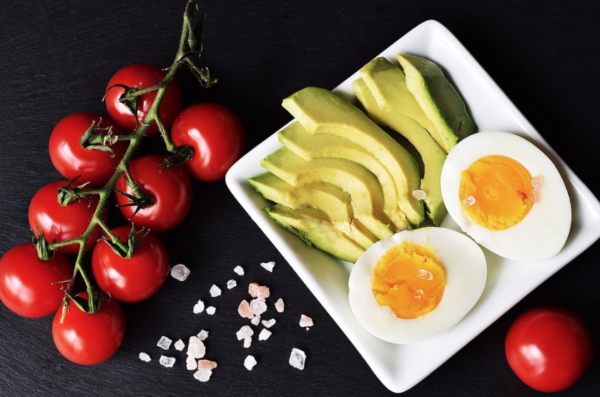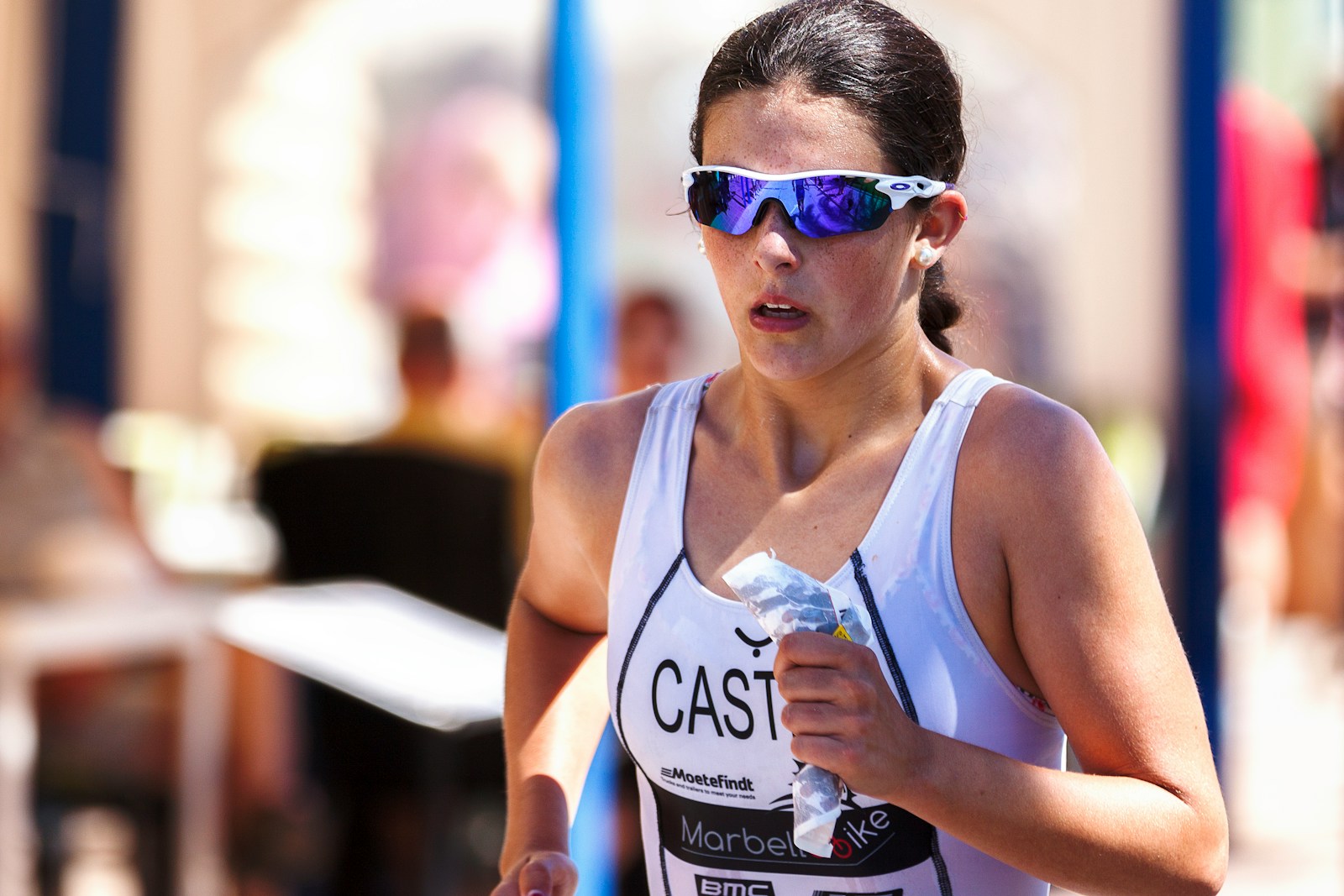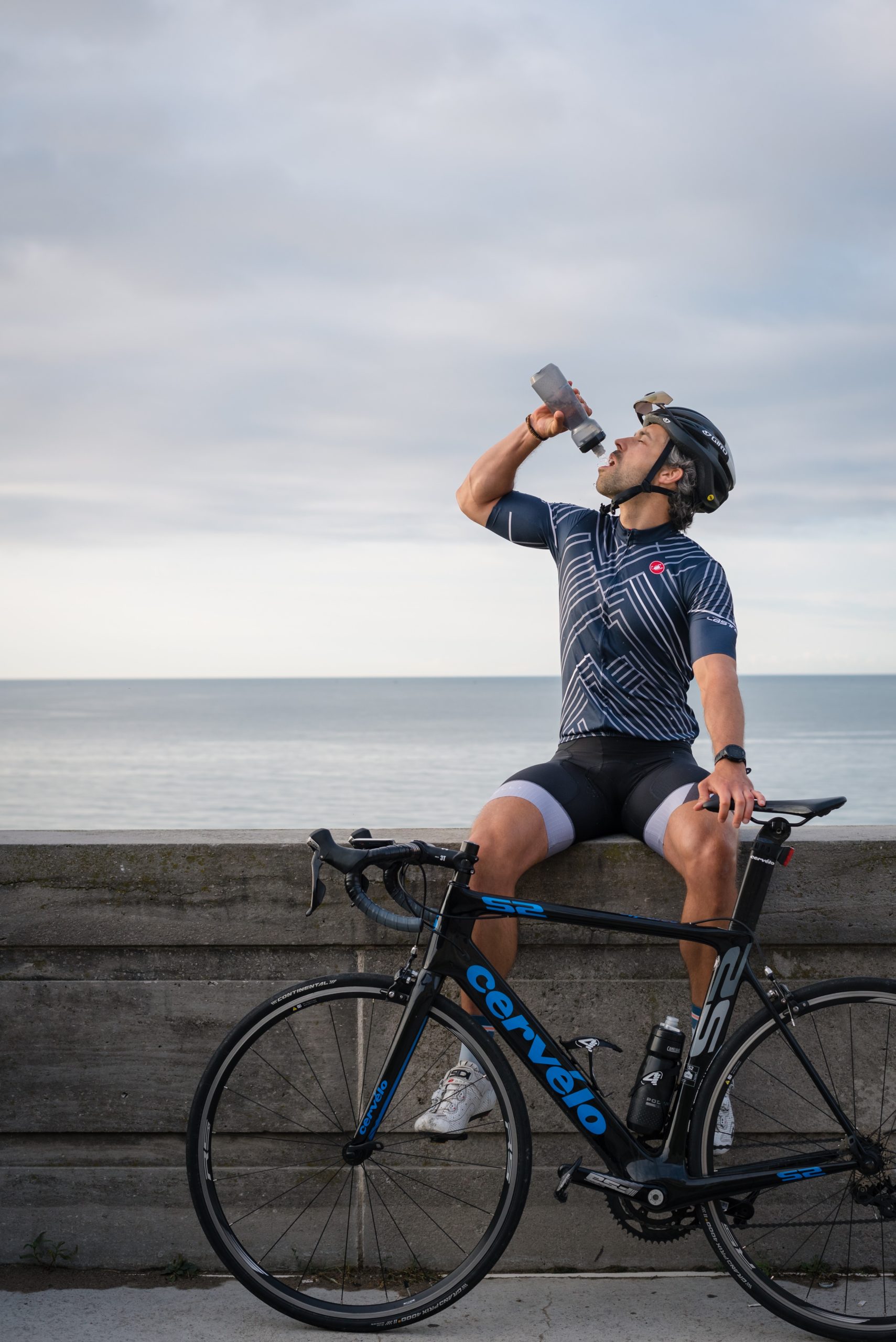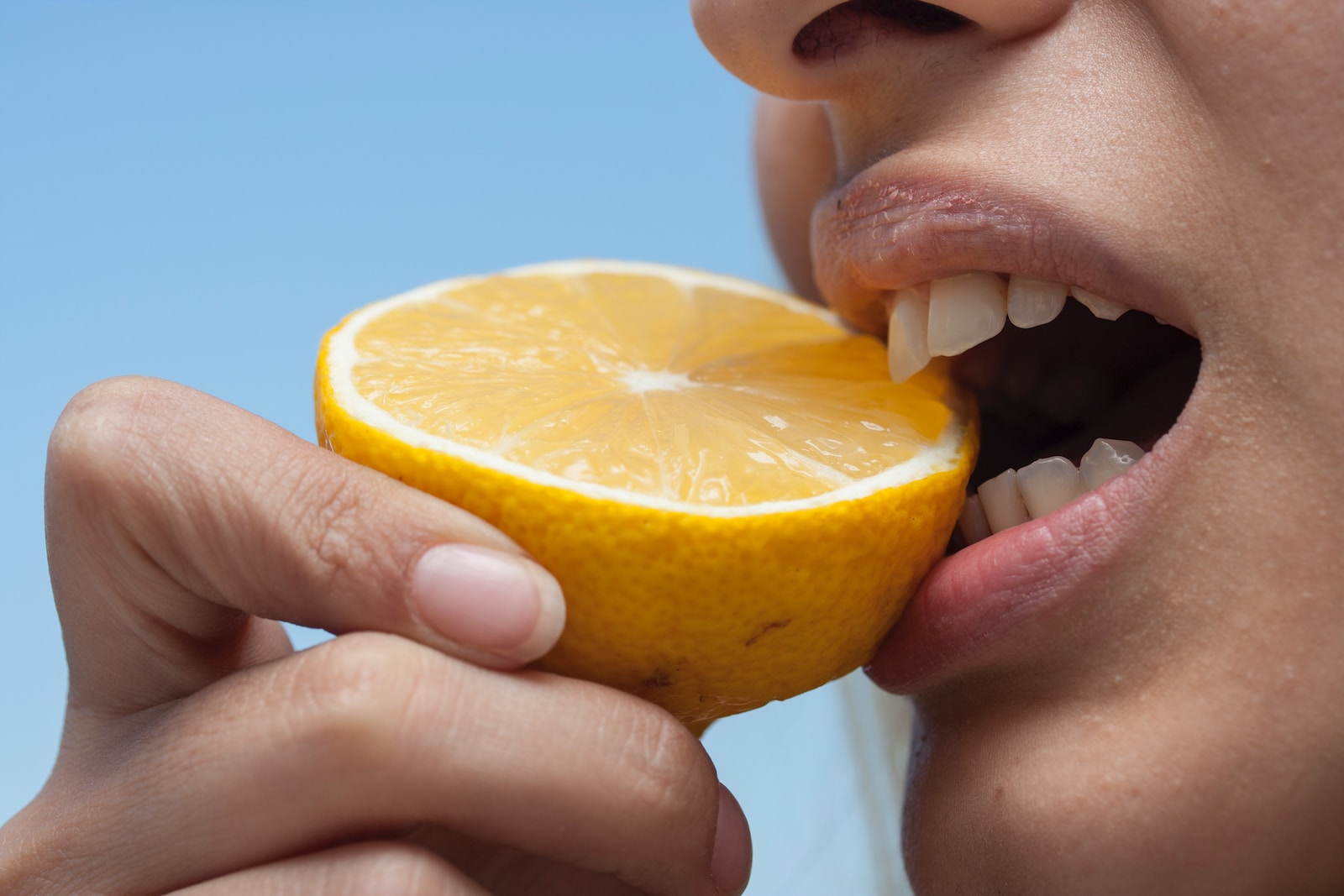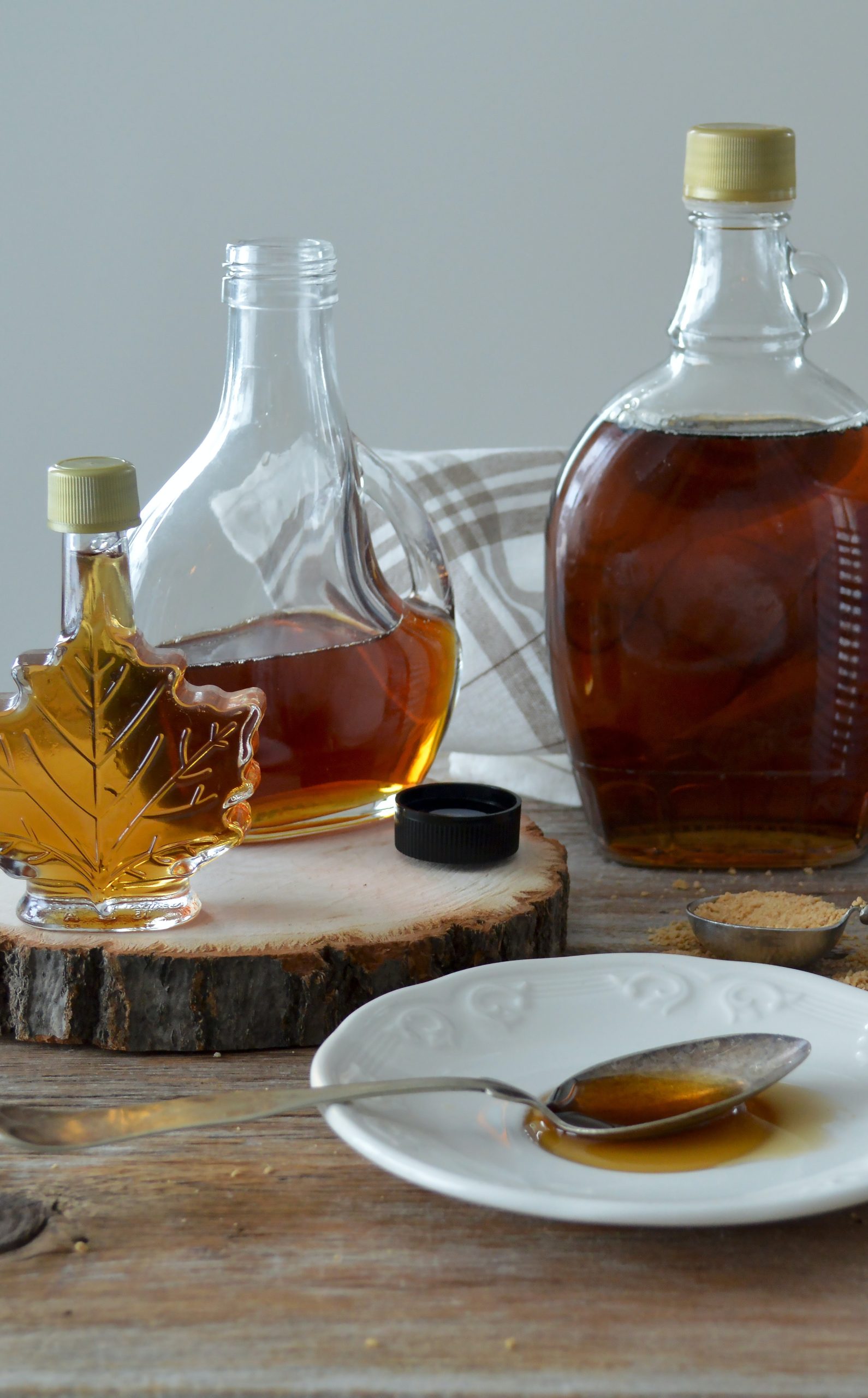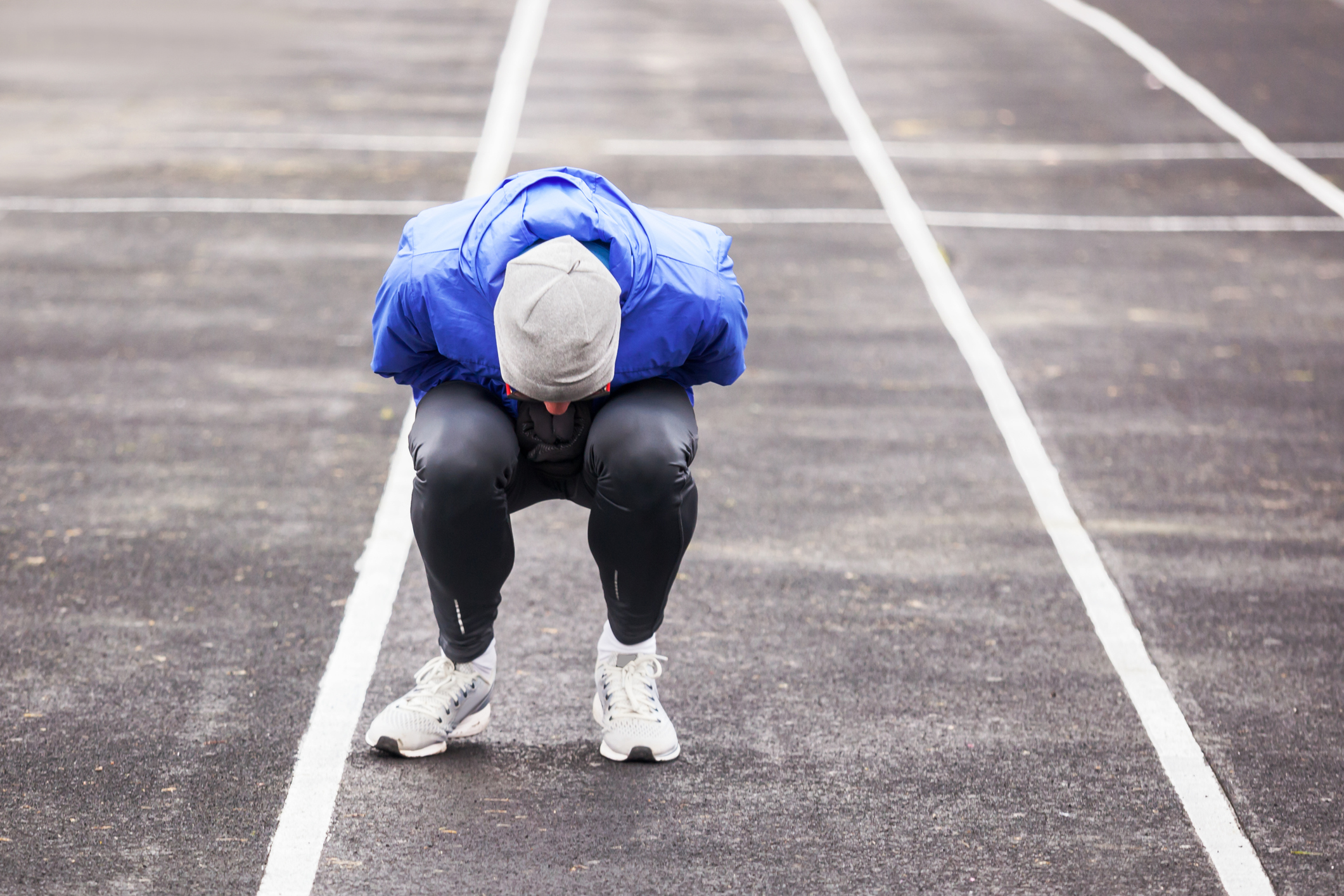The Female Athlete’s Guide to Fueling & Hydration for Optimal Performance – Part III: Recovery Fueling

Part III of The Female Athlete’s Guide to Fueling & Hydration. In this blog, we discuss the role of recovery, how to optimize and accelerate recovery, and the best options and strategies for female athletes.
Part II covers fueling/hydrating during training and racing.
The post workout/event recovery fuel is designed to speed up the repair of damaged muscle tissue, replace glycogen/energy stores, and promote physical adaptation. Immediately following a training session, muscle cells are open, insulin sensitivity elevated, and the body is primed to absorb simple sugar and protein, so the quicker you refuel, the better.
As a woman, the optimal recovery window to jumpstart the process is short, just 30 minutes! As time ticks on, insulin sensitivity declines, it takes the muscles longer to absorb glucose from the bloodstream, therefore, glycogen storage is less than optimal. This creates a stressful environment for the body.
By consuming a recovery snack within 30 min, you can extend your ability to effectively refill glycogen stores up to eight hours by snacking on carbs every couple of hours. If you skip, well, then 2-2.5 hours post workout, your glycogen stores fall to 50%. That doesn’t bode well for recovery, performing well in tomorrow’s training session or for the tidal wave of cravings that is going to hit you later.
To be clear, it’s not essential to fuel after an easy recovery workout or a walk with the dogs around the neighborhood. Consuming regular, well-balanced meals will suffice on easy or rest days. The recovery fuel is intended for an intense, long, or tough workout where you are left feeling depleted and wrung out or between multiple workouts in one day.
What Female Athletes Should Eat After A Workout
Within 30 min – aim for a 2:1 (CHO/PRO) ratio. Historically the macronutrient recommendation was 3:1 but this is more appropriate for men. Women need a tighter ratio immediately following for an anabolic trigger for muscle growth and repair. It’s important to include both carbs with protein as they work in tandem to boost glycogen storage, reduce inflammation and immunity. Research shows that athletes who consume a recovery snack with CHO/Pro restock glycogen stores four times faster than those who refue with carbs alone.
Ideally go with 20-30g protein, 40-60g carbs, and sip 16-24oz fluids gradually over time. Choose carbs that are lower in fiber, and easy to digest so they go into your system quickly.
It’s common to have a decreased appetite following a hard workout, therefore go with a cold liquid that sounds refreshing and goes down easy.
Recovery Options:
- Smoothie with 20g whey protein (cocoa elite whey)
- Low-fat chocolate milk with almonds or Greek Yogurt for added protein,
- Fat-free Greek yogurt with a banana and grapes
- Bagel with low-fat spread (nut butter). (V)
- Smoothie with whey protein, frozen banana or mango, fat-free yogurt or sweetened almond milk (V)
- Peanut Butter and Jelly sandwich (V)
- V=Vegan option
What ALL Athletes Should Avoid Eating After Training
After a hard training session, the body boosts antioxidant capacity to overcome the increase in free radical production. By consuming foods high in antioxidants either from supplements or food, it actually impairs training adaptation and recovery.
Avoid foods high in antioxidants such as (raspberries, blueberries, strawberries, plums, kale, spinach, etc) and supplements with Vit E, C, and beta-carotene, (popular antioxidants) for 4-5 hours postexercise. Mentioning fruit, although high in simple sugar, often its from fructose. As discussed in part II, the liver loves fructose and will hoard it at the expense of your muscles. It’s best to avoid fruit in the initial recovery snack. Exceptions are: bananas and grapes which are lower in fructose
In the recovery window, we want carbs and protein to be quickly absorbed. Fat slows gastric emptying and will reduce the absorption rate of the carbs and protein you need for recovery. Choose low-fat or fat-free in the first 30 minutes postexercise.
Getting Your Zzzz’s and Recovery
Prioritizing quality sleep should be on every athlete’s “how to get faster and stronger” list. The overnight sleep period of 8+ hours, if you are lucky, should be considered quality training. It’s when the magic happens. All that hard work in your training breaks you down. It’s during the overnight rest that your body repairs and rejuvenates. To help facilitate that process, enjoy a bedtime snack containing casein, a slow absorbing protein to aid in repairing muscle tissue while you sleep.
Milk products contain both casein and whey but sometimes it’s not readily available, especially when traveling. One of my go to products is Cocoa Elite’s Sleepy Time Recovery. This patented formula is ideal for anyone looking for additional protein to slow muscle catabolism and promote muscle repair and growth. It also contains antioxidants, labeled a super-food for it’s complex nutritional benefits and over 2,000mg of tart cherry extract, naturally rich in melatonin, a hormone responsible for sleepiness.
Cocoa Elite discount at checkout use: Racesmart


